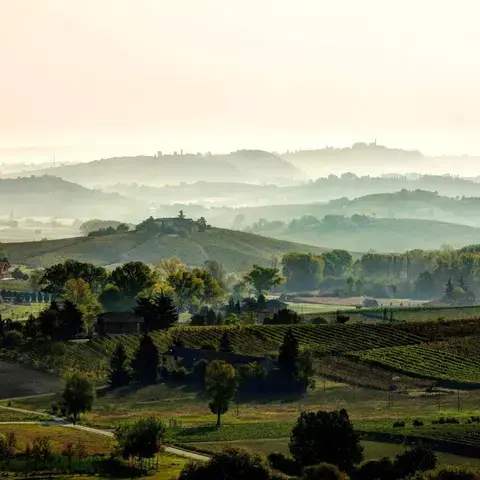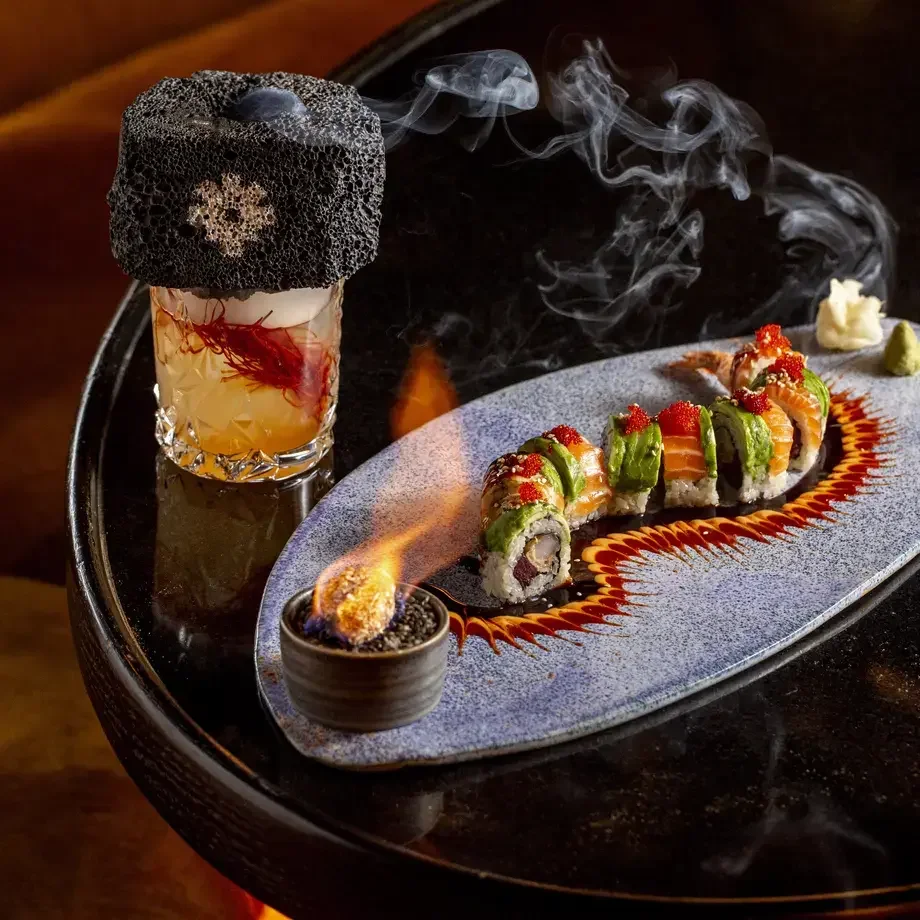Both gastronomic bible and reference book for every chef, Larousse Gastronomique is one of the most important culinary encyclopedias of the contemporary era.
Discover the recipes and curiosities contained within this famous volume that's played a key role in shaping the history of French cuisine.
Larousse Gastronomique: what's to know
Larousse Gastronomique, is without doubt one of the most famous cookbooks of all time: one of those must-haves that plays a role in the historical-culinary training of every chef or aspiring chef. It's a comprehensive body of work that has classified and collected all the classic dishes in a single volume. All the bases of French cuisine are covered, yet it evolves over the years and opens up to global gastronomic traditions in its latest editions.
First published in 1938, Larousse Gastronomique adopts the French encyclopaedic tradition,in a great work of systematic cataloging and in-depth study of culinary knowledge.
It's a true reference point for international gastronomic culture, not just for Michelin-starred French chefs, but also for Italian chefs - and falls into the same category as the 'Guida alla grande cucina' (Guide to the Great Kitchen) of 1903, another milestone of culinary knowledge signed by the great Auguste Escoffier, or L’Arte della Cucina Moderna (The Art of the Modern Kitchen) by Henri-Paul Pellaprat, dated 1936.
In one volume, Larousse Gastronomique focuses not only on food and recipes, but also on the history of food, restaurants, the culinary glossary, elementary and advanced cooking techniques, a review of basic ingredients and advice on how to use them in the kitchen, as well as the biographies of the most important gastronomic figures.
How does that look converted into figures? 4 thousand articles, 1,700 photos, and 2,500 recipes.
Interesting facts about Larousse Gastronomique
If you're approaching the Larousse Gastronomique for the first time, here is all you need to know about this French book, which has also been translated into other languages such as Italian, Spanish and German, in addition to English, over the years.
The first edition of the Larousse Gastronomique dates back to 1938 and was curated by chef Prosper Montagnè (with the collaboration, for the scientific part, of the Docteur Gottschalk), complete with a preface signed by Auguste Escoffier and chef Philéas Gilbert.
The very first editions of the Larousse Gastronomique are very valuable, and are highly sought after by today's collectors. Over the years, the encyclopaedic work has been expanded, modified and updated: new editions have been published in 1960, 1967 and 1984, under the supervision of Robert J. Courtine.
However, it wasn't until 1996 that there was a profound renewal of the Larousse Gastronomique, by a gastronomic committee chaired by chef Joël Robuchon, who signed the curatorship of the volume. It was then that the encyclopaedia entries increased, opening up to the food culture of other countries.
The last edition of the volume dates back to a more recent period, namely 2007. On this occasion, the book changes its name to Grand Larousse Gastronomique, the curatorship still signed by the gastronomic commission chaired by the late Joël Robuchon. Among the members of the commission, there are also great personalities of French gastronomic culture, including pastry chef and entrepreneur Pierre Hermé, the chef Philippe Conticini, and Hélène Darroze and Anna-Sophie Pic, among the most important female chefs with the most Michelin stars.
5 recipes from Larousse Gastronomique
Larousse Gastronomique lists all the basic preparations and foods, with detailed explanations on how to make sauces and stocks and how to cook meat and fish. In short, all categorised and explained according to the cut of the meat or the variety of fish products and vegetables. There's no shortage of recipes, of which there are more than two thousand.
Beef Bourgeoise
Among these, there's the recipe for beef bourgeoise, which according to Larousse Gastronomique is prepared by marinating the meat in white wine, then cooking it with a foot of veal. Halfway through cooking, the beef is removed and put it in a saucepan, adding slices of carrots and glazed onion, before finishing off.
Garlic Oil
Among the condiments illustrated by the Larousse Gastronomique, there is the recipe for garlic oil, perfect for flavouring dishes, but also seasonal salads and raw vegetables, as the encyclopaedia suggests. How do you prepare garlic oil? Blanch and crush the garlic cloves, add the olive oil and pass through a sieve. Alternatively, add grated garlic to the olive oil and strain with a cheesecloth.
Parisian Omelet
Then, in the Larousse Gastronomique, the Parisian omelette recipe: beat 8 eggs with 2 tablespoons of chopped onion softened in butter and 2-3 tablespoons of chopped mushrooms, quickly sautéed in butter. Cook the omelette and roll it onto a warm serving dish. Cover with grilled chipolata (fresh sausage) and finish with a thin round of veal broth reduction.
Croustade marinière
And again, the recipe for the croustade marinière: for the Larousse Gastronomique version, start by preparing the mussels marinara, filtering their juice and mixing with fresh cream, in order to obtain a velvety sauce.
Then proceed to fill the mussels with the croustade made with puff pastry, and complete with the sauce. The dish is to be served hot. Among the variations of sauces and mashed potatoes, the recipe for anchovy puree is interesting, perfect to accompany pancakes, vol-au-vents and polette.
This is also illustrated by the Larousse Gastronomique: add 2 tablespoons of desalted anchovies to 150 ml of well-reduced béchamel sauce and mix; pass the mixture through a sieve, adding a little warm butter just before serving.












